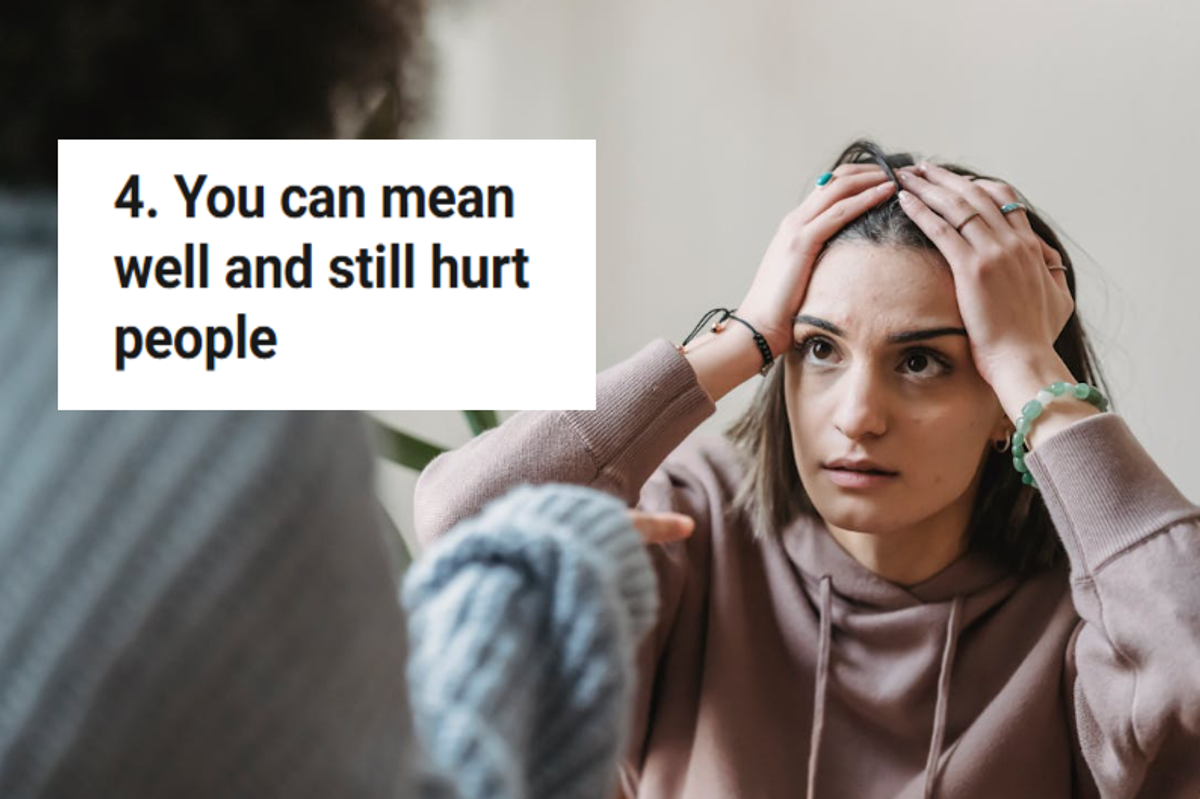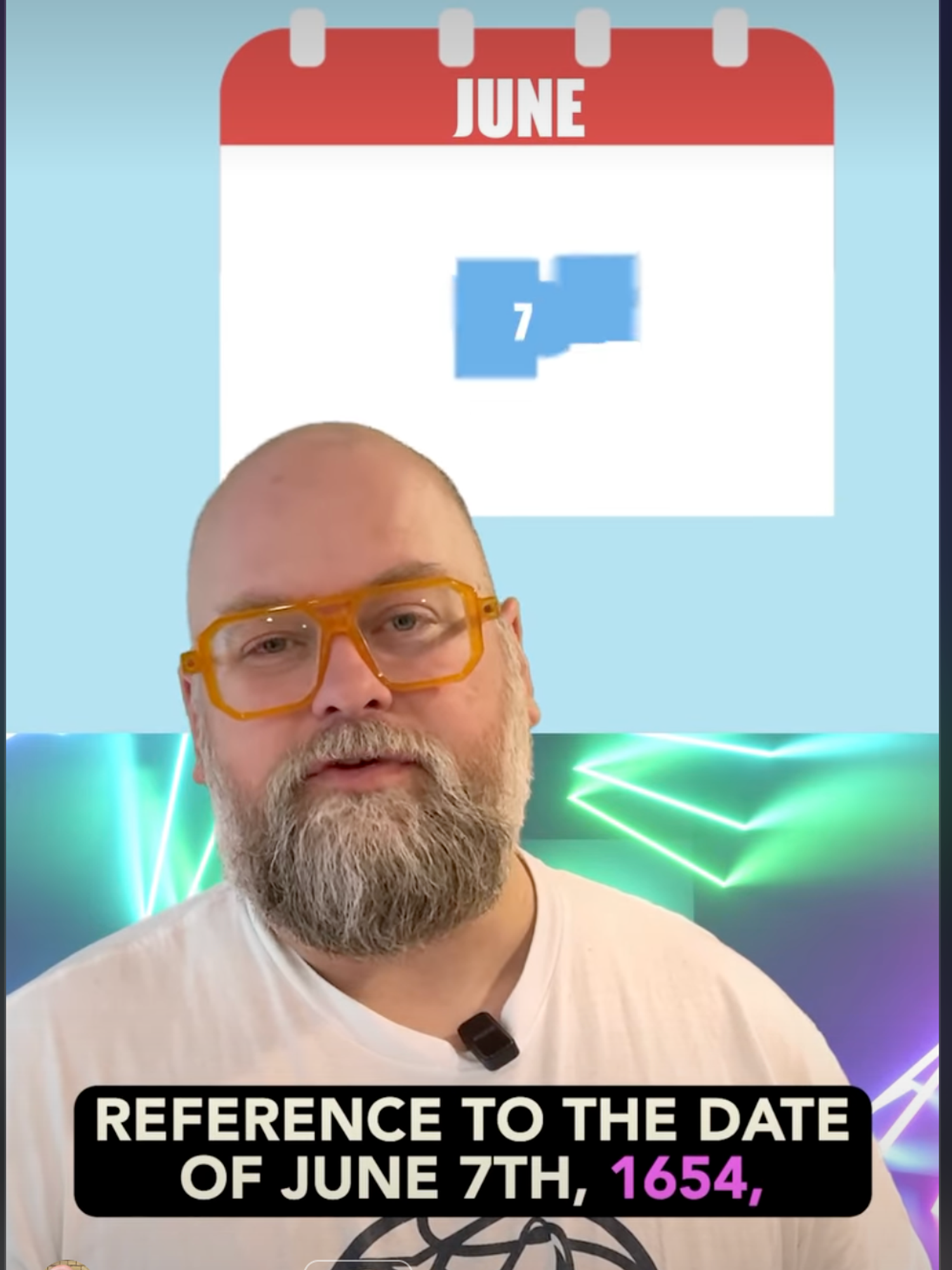A Muslim high school runner was heartbroken after being disqualified for wearing a hijab

Sixteen-year-old Noor Alexandria Abukaram, a cross country runner at Sylvania Northview High School in Ohio, ran her personal best in a 5k, 22:22, last weekend.
She didn't win, but it was a district meet and those who did well had a chance to advance to a regional event next weekend.
After crossing the finish line, she hugged her friends and mother, then looked to the scoreboard to see her time but nothing appeared. She thought there must be a mistake.
"'You got disqualified,'" one of the girls told her. It was because of her hijab. "When my teammates clarified what happened to me, it broke my heart," she told CNN.
Her father called her after the race to ask how she ran but it was nearly impossible for her to explain through the tears.
RELATED: Opposing team members surrounded a soccer player whose hijab came off, and it's fabulous
"I was sobbing," the athlete said. "I couldn't even explain how difficult it was to explain to my father that I got disqualified for my hijab. It was so hard for me because my parents have anyway been my number one supporters when it comes to my hijab."
Student-Athlete Disqualified From Ohio Race for Competing in a Hijab: Noor Alexandria Abukaram ran her fastest 5K race of the season for Ohio's Sylvania Northview High School last weekend: 22 minutes and 22… https://t.co/JLJuR2Zgc9 #25thAmendmentNow #ImpeachTrump #TheResistance pic.twitter.com/gxeYneK7dP
— Patrick (@cahulaan) October 24, 2019
A hijab is a headscarf worn by Muslim women for a viariety of reasons. Some wear it as a way to show pride in their religious identity others as a means of resistance to standards of feminine beauty that demand exposing more of their bodies.
It has also been used as a way to curb male sexual desire.
According to The Ohio High School Athletic Association runners who use religious headwear need a waiver to participate in events.
"Cross country runners may participate in competitions with religious headwear, provided the runner has obtained a waiver from the OHSAA and submitted it to the head official before the race, since it is a change to the OHSAA uniform regulations. The official was simply enforcing this rule since a waiver had not been submitted," Tim Stried, a spokesman, told CNN.
Abukaram had competed in sports wearing her hijab for three years and it had never been a problem.
RELATED: A Muslim girl was asked to remove her hijab at an airport. Now a Muslim advocacy group is taking action.
Officials approached her coach Jerry Flowers about the hijab a few minutes before the race and it put him in an awkward position. "He notified me she would be disqualified. I had the option to ask her to remove it or not run," Flowers said.
"I knew that asking her to take it off is not respectful to her," Flowers said. "I didn't want to put her in the situation to make it seem like I was putting pressure on her to change who she is. I wanted her to run carefree. I figured she would race better if she didn't know."
"Personally, my hijab is like my nose. It's so important and it's a part of me," Abukaram said.
"The thought of not wearing it and of having to choose something other than my hijab, having to choose to do something else and having to warn people that me and my hijab are coming to this race is disgusting and disheartening."
After the race, the school got in touch with the athletic association and a waiver was submitted and approved. Abukaram will be participating in the regional competition next weekend.
- High schooler disqualified from Ohio race for competing in a hijab ›
- OHSAA considering changing rules after local runner disqualified for ... ›
- Ohio student says she was disqualified from 5K for running in hijab ›
- Muslim Student Athlete Disqualified From Race for Wearing Hijab ... ›
- Ohio cross-country runner disqualified for wearing hijab without a ... ›
- Student runner says she was disqualified over her hijab - CNN Video ›
- Cross Country runner disqualified for competing with hijab ›
- A high school athlete ran her personal best but was disqualified for ... ›




 An upset woman sits in her car.via
An upset woman sits in her car.via  An upset man grabs his head.via
An upset man grabs his head.via  A stressed-out woman.via
A stressed-out woman.via 

 David Bowie on swing in red suit
David Bowie on swing in red suit David Bowie album cover
David Bowie album cover Prince
Prince
 We really wish this were true. via @bryaninmsp/
We really wish this were true. via @bryaninmsp/